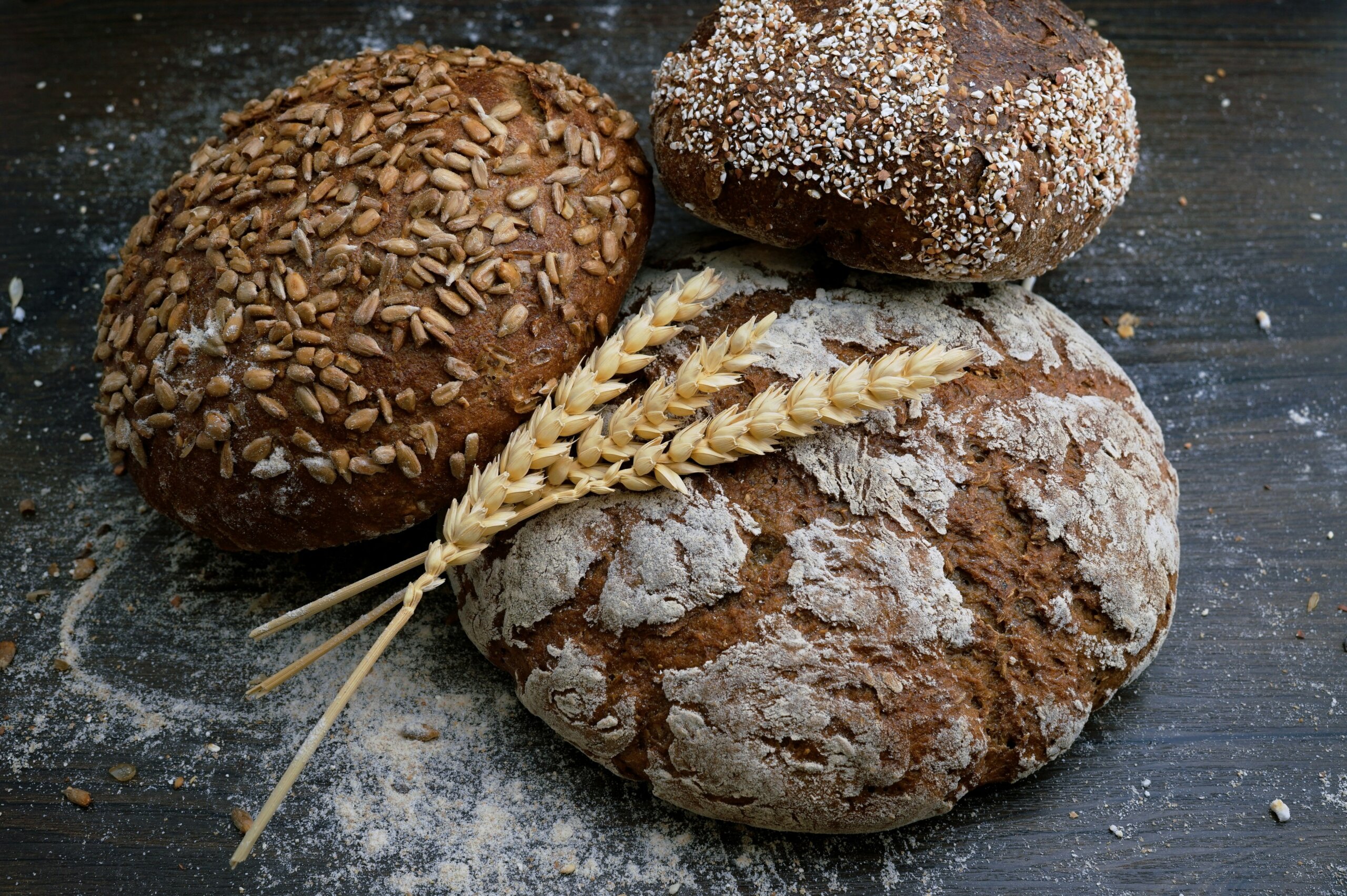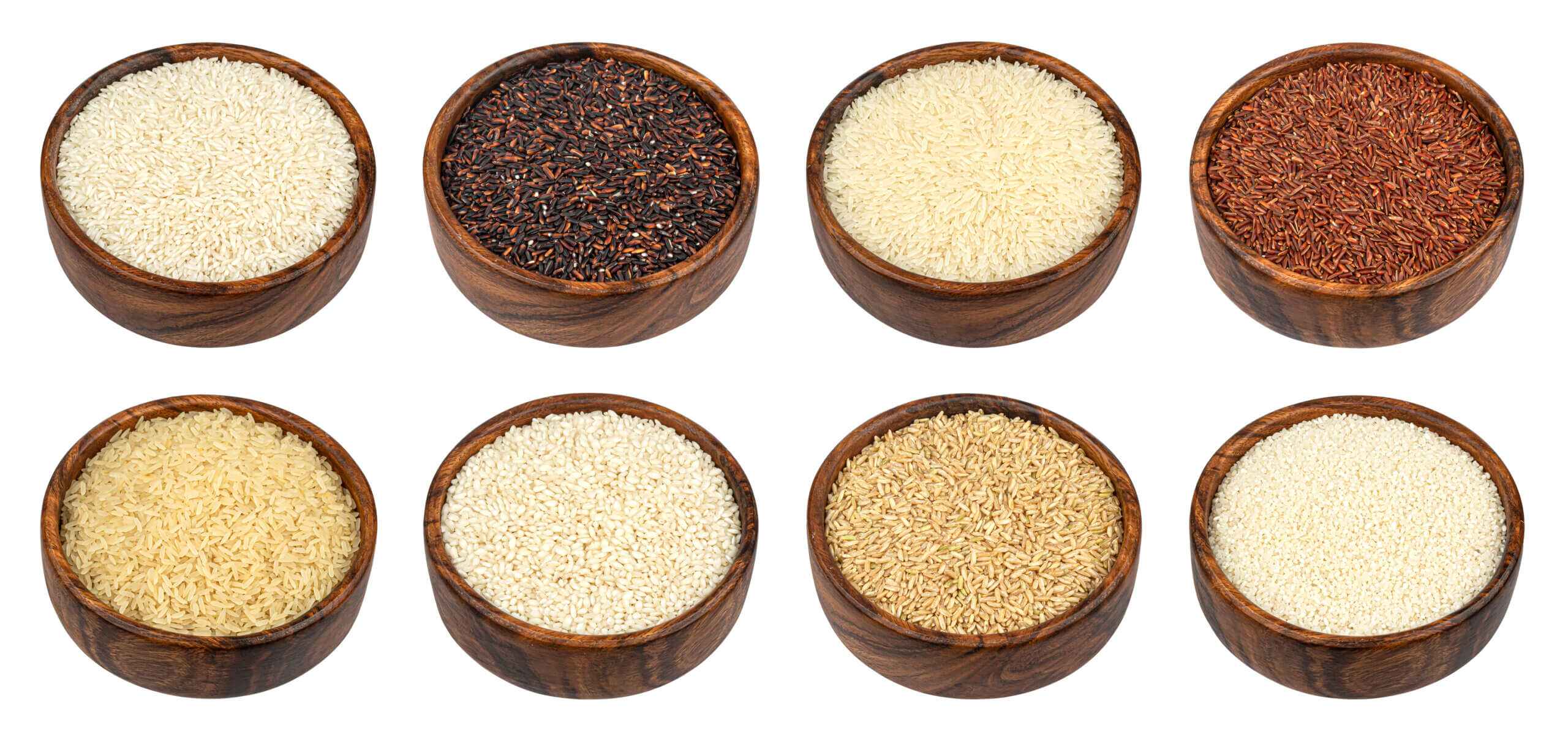
Rice is a staple in any kitchen, and with so many different types, it lends itself to a limitless number of recipes. Before you add the same type of rice to every recipe you prepare, however, think twice. Substituting one type of rice for another can really alter the result of a recipe. Each type of rice has its own taste, texture, and unique properties that work well with different cooking applications. So how do you know which one is the best type of rice to use? This guide examines factors that differentiate types of rice, from nutty basmati to fragrant jasmine and more!
Types of Rice
Length and Shape
Rice is often characterized as one of three varieties – long grain, medium grain, or short grain rice. These varieties refer to the length and shape of the grain. Simply speaking, long grain rice will have a longer cylindrical shape, whereas short grain rice will be shorter and wider.
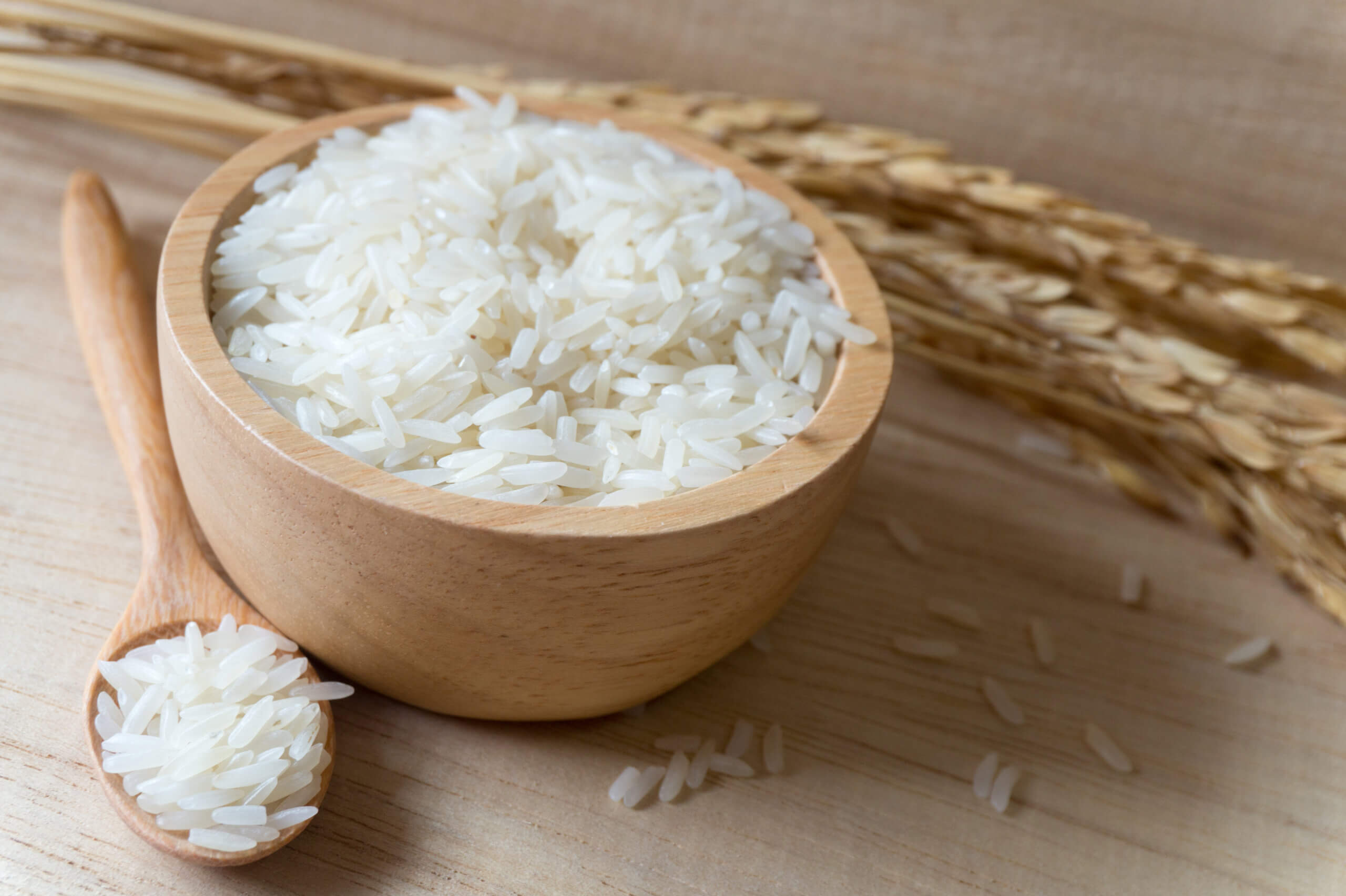
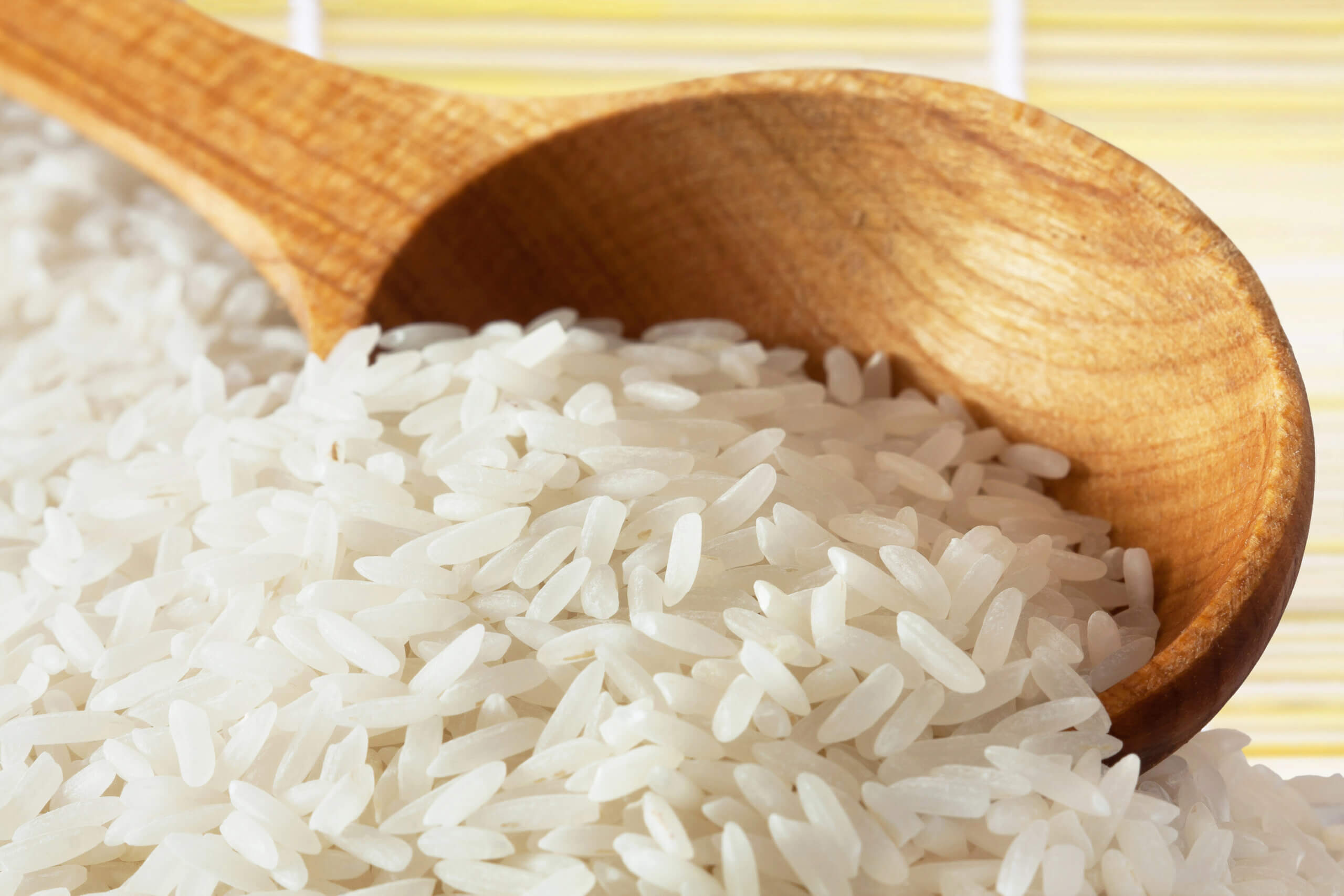
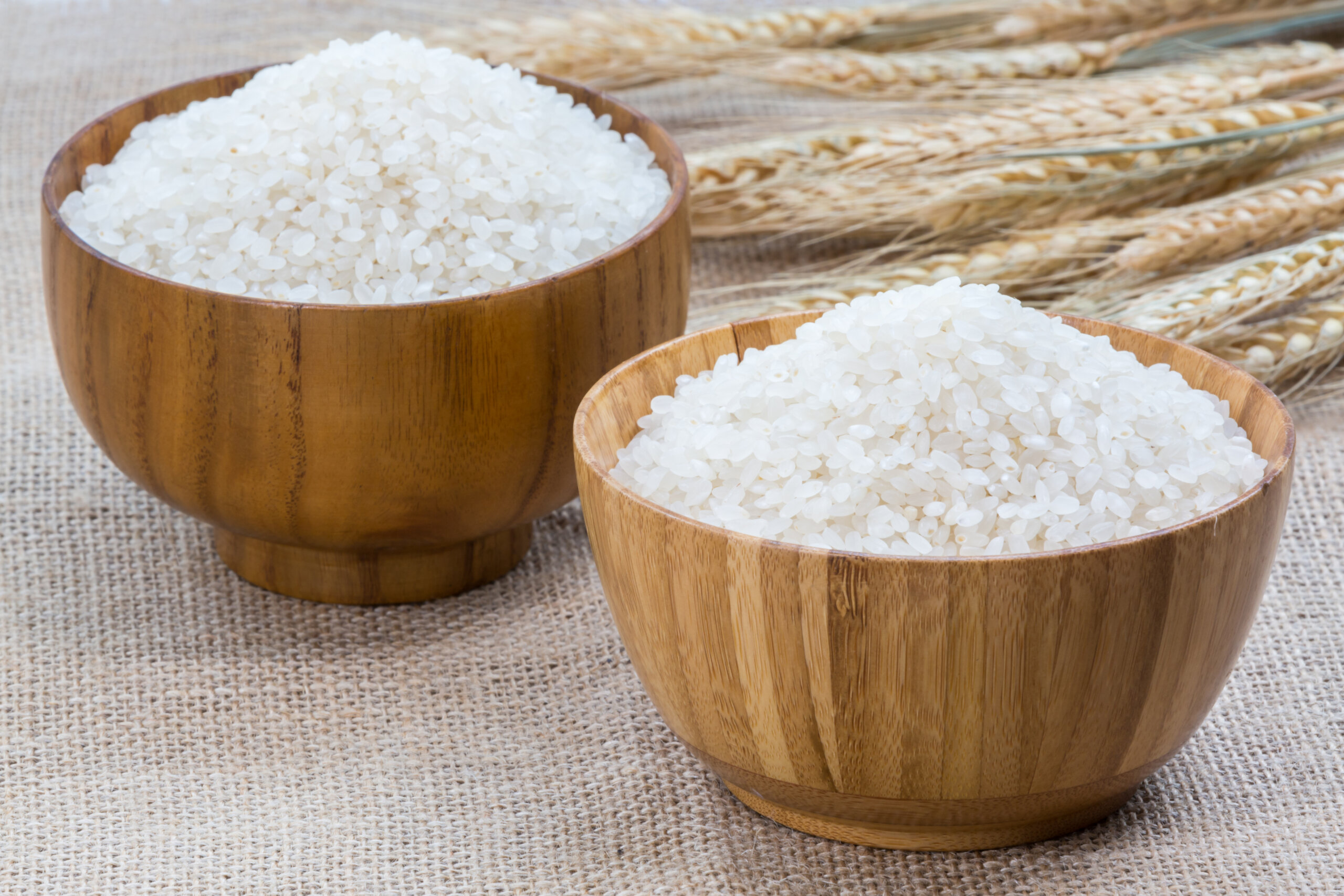
This rice has milled grains that are at least three to four times as long as they are wide. Due to its starch composition, it is separate, light and fluffy when cooked.
Medium Grain Rice
When compared to long grain rice, medium grain rice has a shorter, wider kernel. Since the cooked grains are more moist and tender than long grain rice, the rice has a greater tendency to stick together.
Featuring grains that are less than twice as long as they are wide, this rice is short and best for sushi. It has a sticky texture when cooked.
Texture
When cooking rice dishes, you’ll want to think about the desired texture of the rice. The starch content varies from rice type to rice type. It will affect whether rice is sticky or light and fluffy.
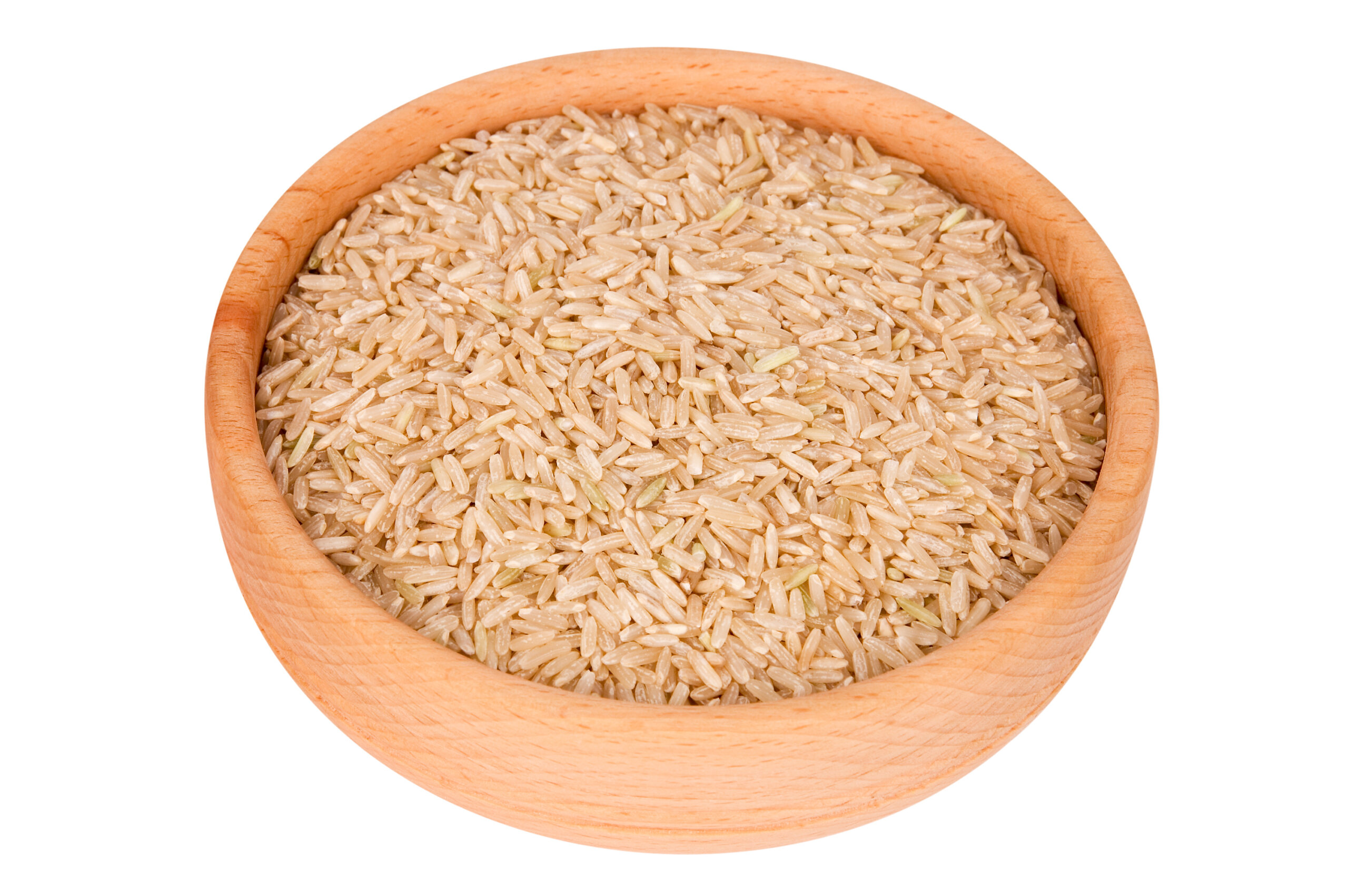
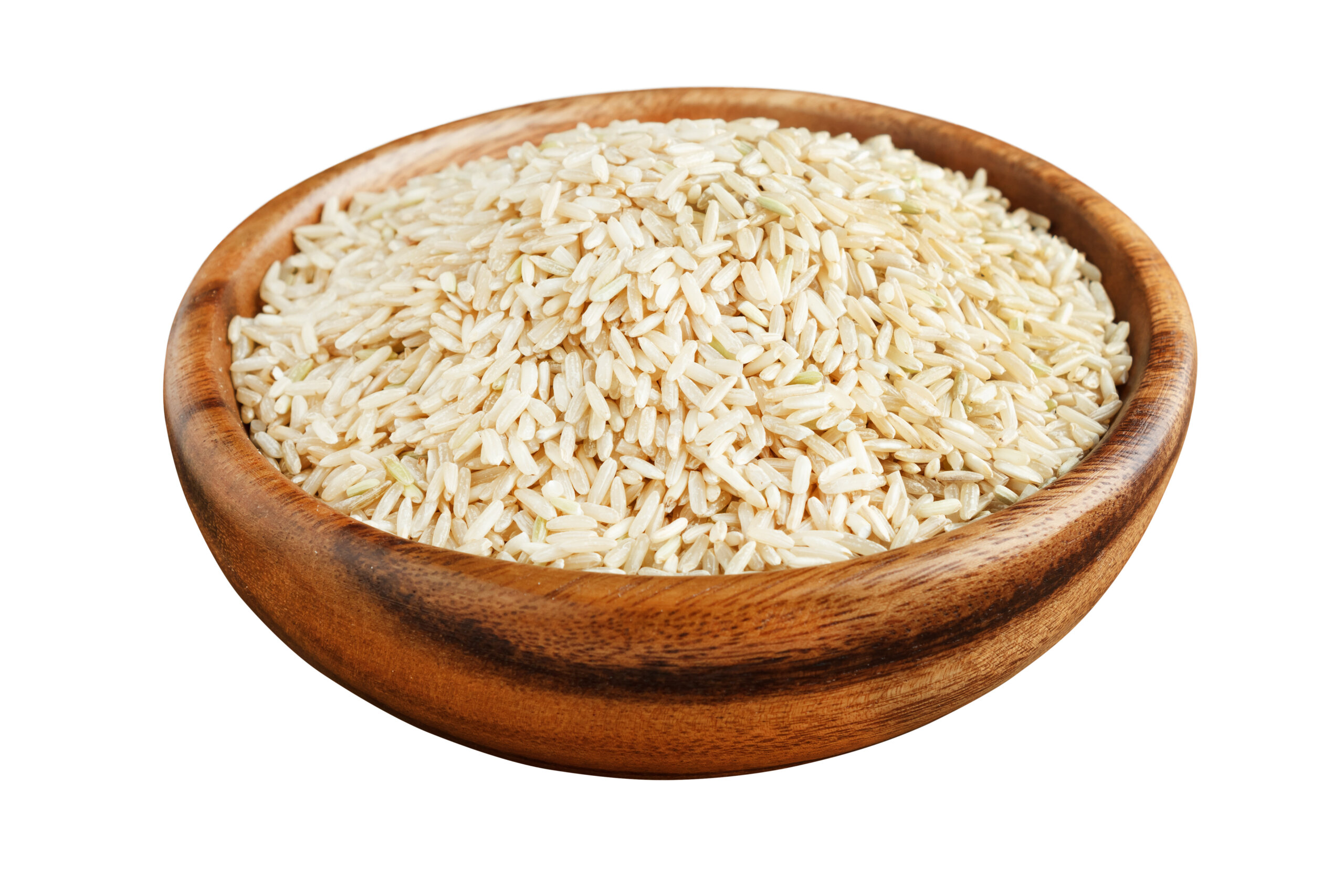
Sticky Rice
Also known as sweet rice, sticky rice is grown mainly in Southeast and East Asia and is used in many traditional Asian dishes, desserts, and sweets. When cooked, sticky rice is especially sticky and is often ground into rice flour.
This “rough” rice has gone through a steam-pressure process before milling that gelatinizes the starch in the grain. This process produces a more separate grain that is light and fluffy when cooked. Converted rice is a type of parboiled rice that has been further pre-cooked, which ultimately allows you to whip up dishes of rice even faster.
Color
Rice is naturally brown after harvesting, but once the nutrient-rich outer layer of bran is removed, it is white in color. Red rice, black rice, and purple rice all feature unique pigmentation in the bran. For these colorful rice varieties, the bran layer usually remains for added visual appeal and added nutritional value.
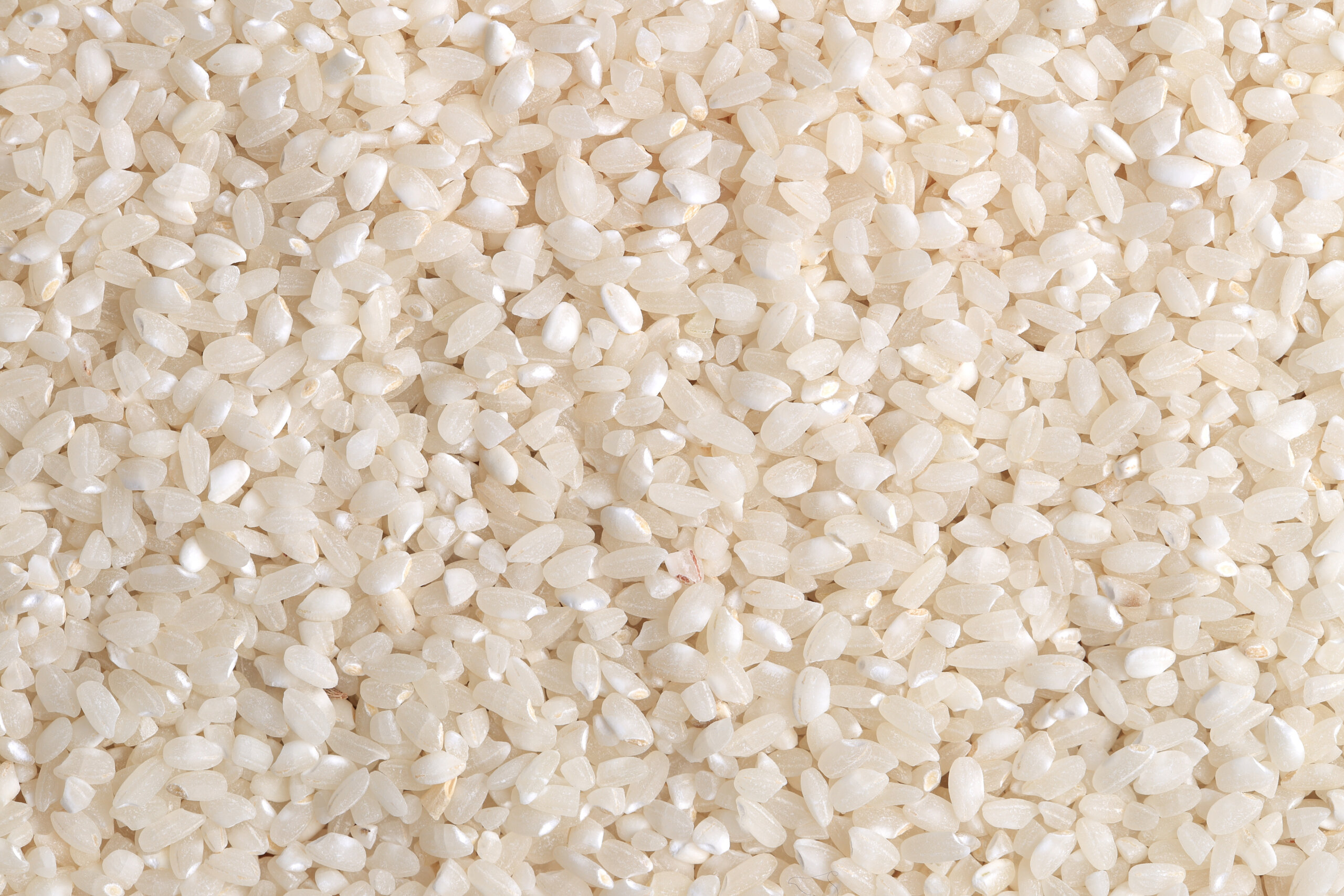

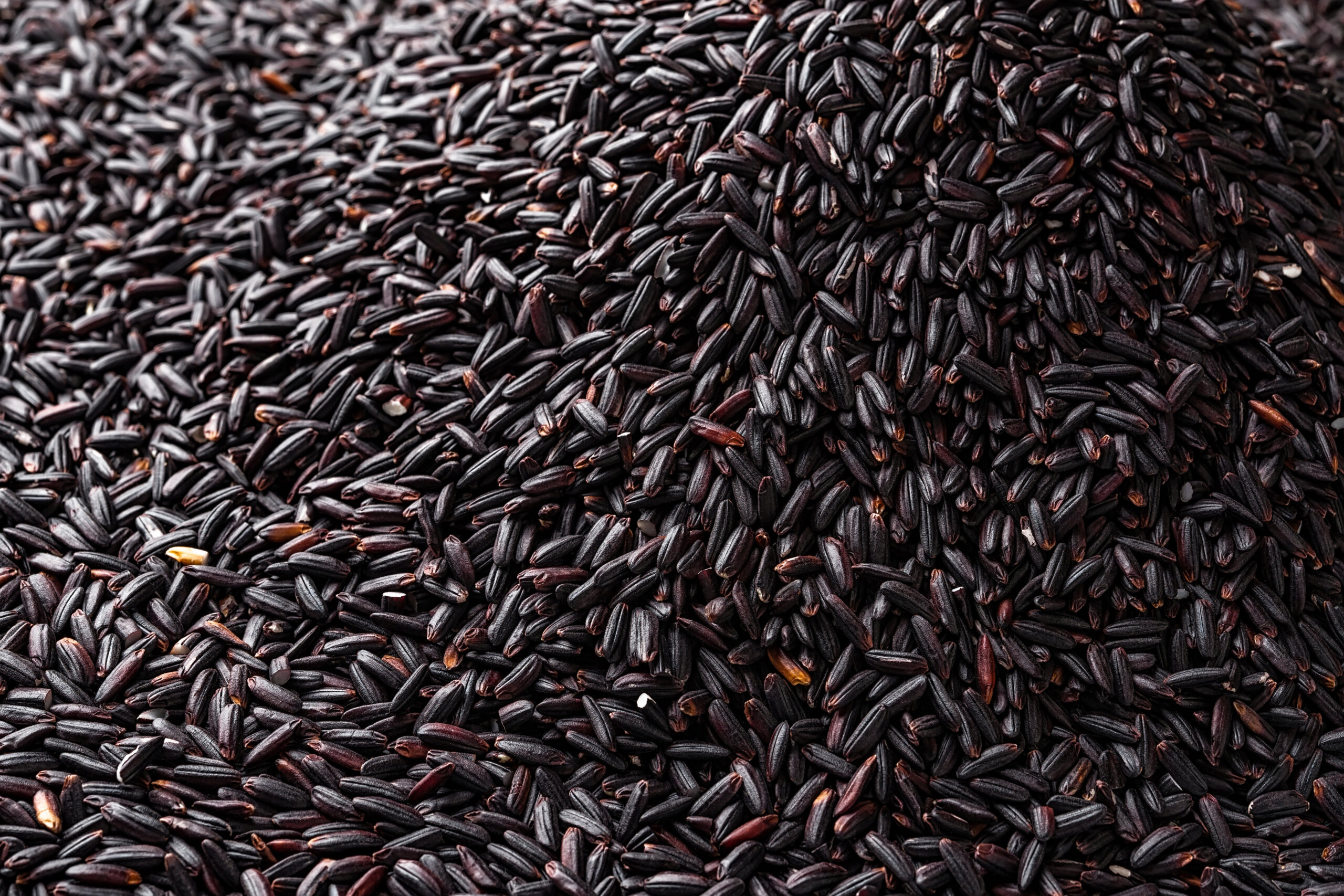
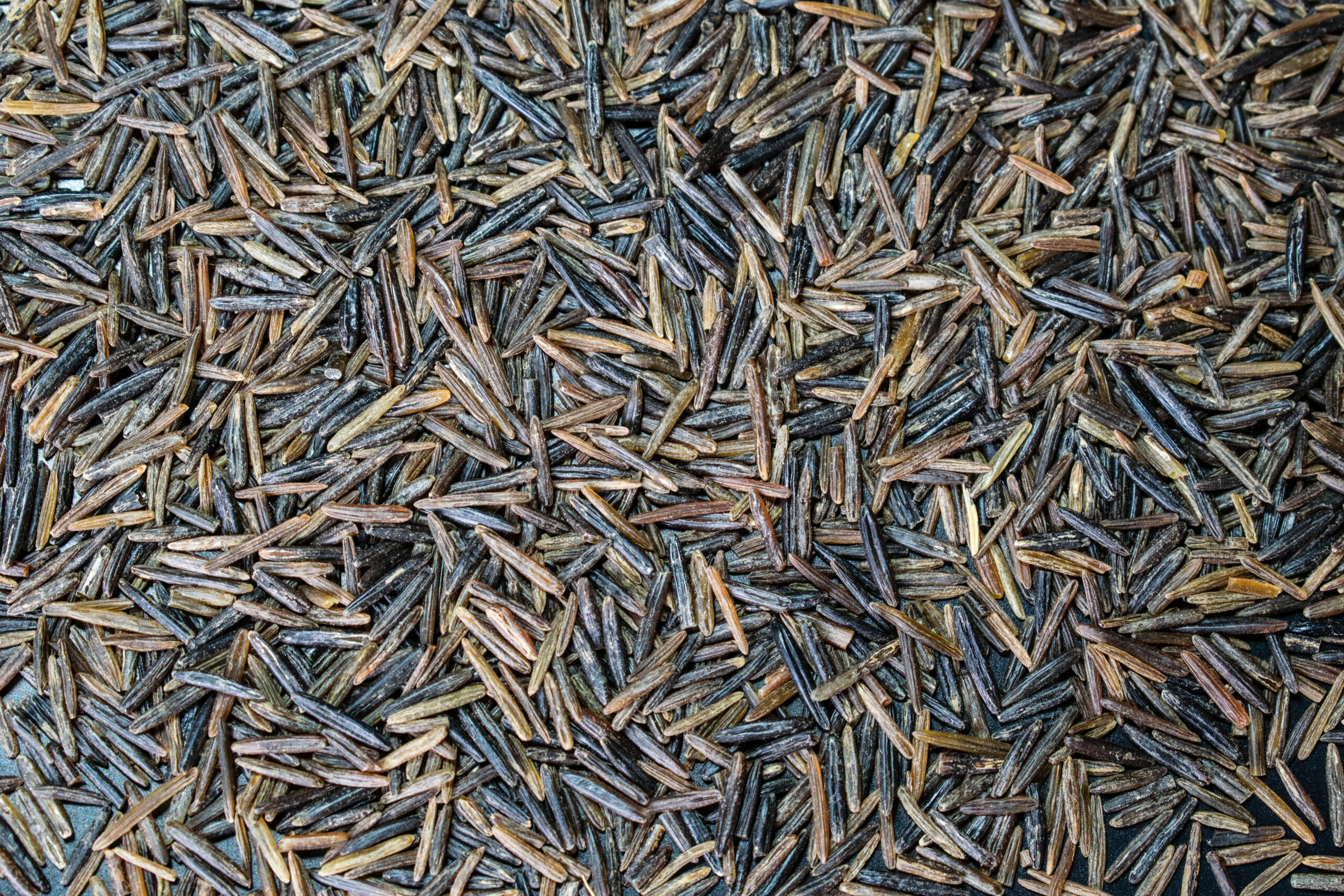
Polished Rice
The term “polished” simply refers to white rice that has had its outer brown layer of bran and germ removed. Rice that has shed its bran layers can also be referred to as “milled rice.”
This healthful rice sheds its outer husk and retains its bran and germ layers that give it a characteristic tan color. Though brown rice takes a little longer to cook than white rice, the nutrient-dense layers are rich in vitamins and minerals.
Forbidden Black Rice
High in nutritional value, this rice is also known as black rice and has a mild nutty flavor. Slightly sticky when cooked, it is used in a variety of Chinese or Thai dishes, including Chinese black rice cake and mango sticky rice. Mix it with white rice, and it also adds color to any rice pilaf or rice bowl.
Wild Rice
Wild rice grains are harvested from the genus Zizania of grasses. High in protein, wild rice adds a colorful, exotic flair to any rice dish. Serve it with stir frys, mushroom soups, or casseroles for something new.
Aroma
Aroma is another factor to consider when cooking with rice. Certain rice varieties give off pleasing fragrances while being cooked. Add a sensory element to your guests’ dining experience with these rice types.
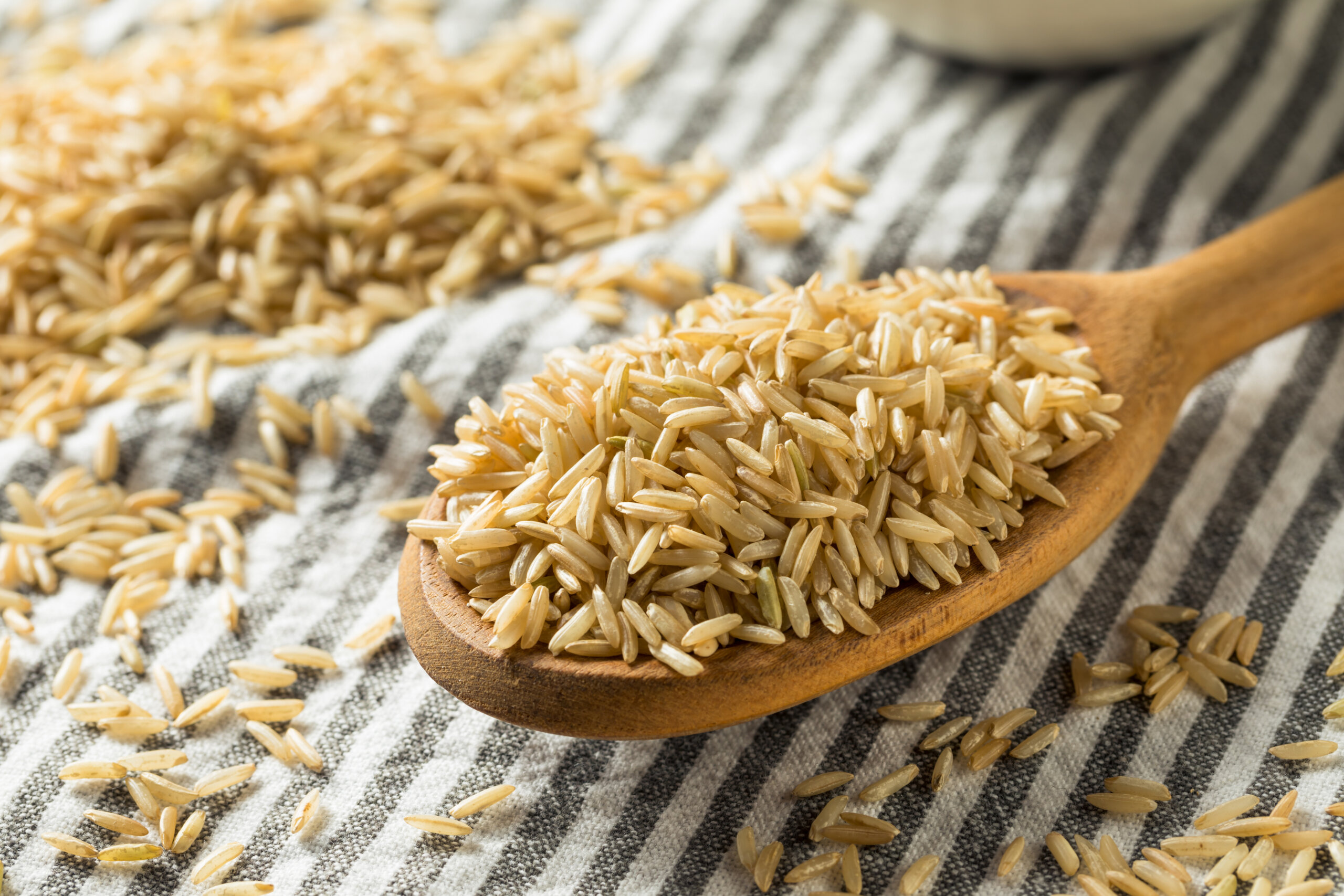
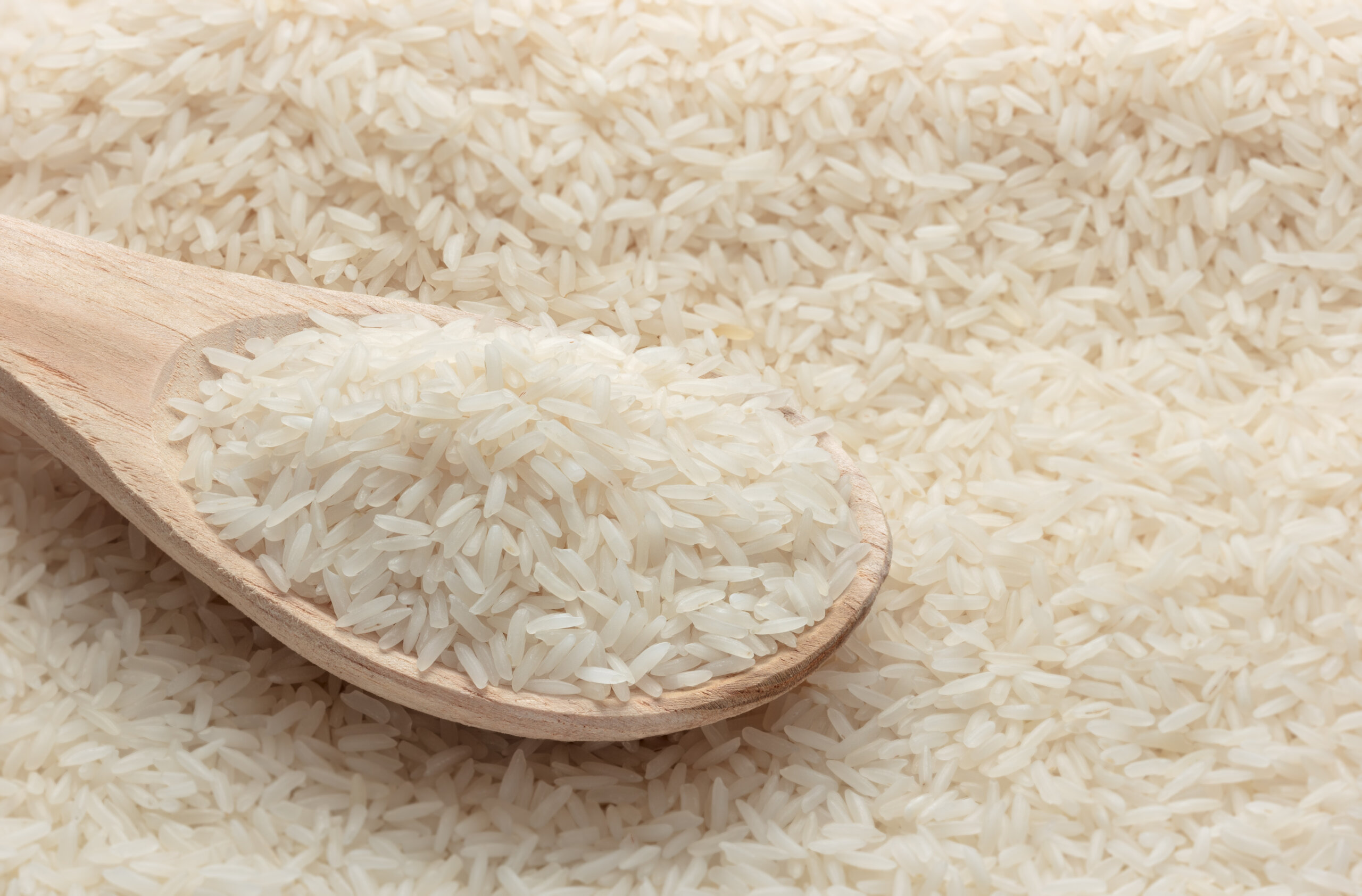
Basmati rice is a type of long-grain rice that is popular among Indian cuisine and other ethnic dishes. Cooked basmati rice imparts a subtle nutty or popcorn-like flavor and aroma.
Jasmine rice, sometimes known as Thai fragrant rice, is a type of long grain rice with a long kernel and slightly sticky texture when cooked. Use it to infuse a subtle jasmine flavor and aroma into your dishes.
Different Types of Rice and Their Uses
As shown above, there are a variety of factors involved in choosing what rice will best suit your establishment’s needs. Take a look at these types of rice to determine which flavor profile, color, length, and texture will work best for your next signature recipe.
Arborio
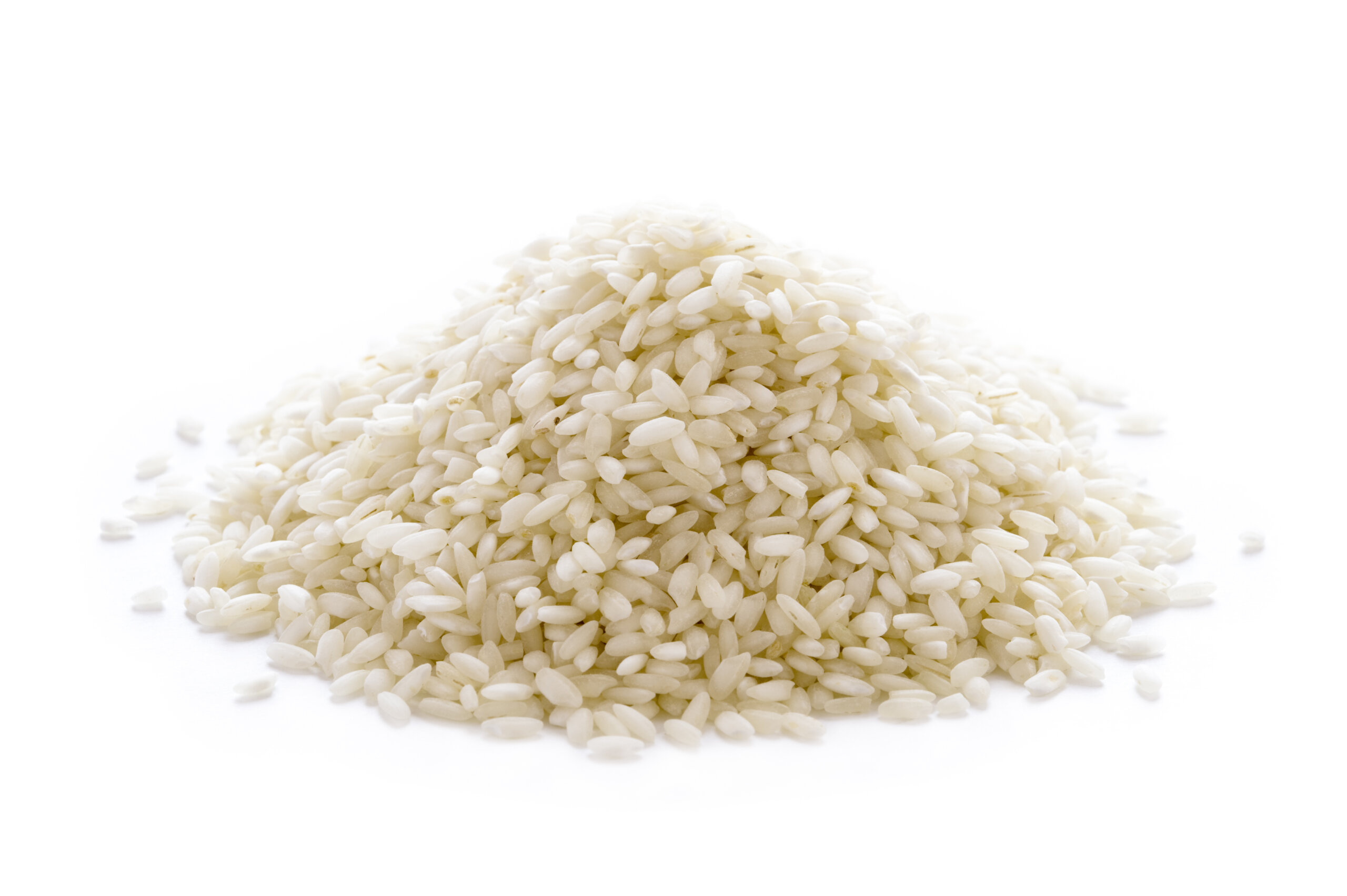
Arborio rice is a medium grain rice that is wider in size and has a characteristic white dot at the center of the grain. It is named after the town of Arborio in the Po Valley of Italy, where it is grown. Due to the high starch content of Arborio rice, it has a slightly chewy and sticky consistency and develops a creamy texture when cooked.
Length: Medium grain
Flavor Profile: Creamy
Ideal For: Risotto, rice pudding, soup
Basmati
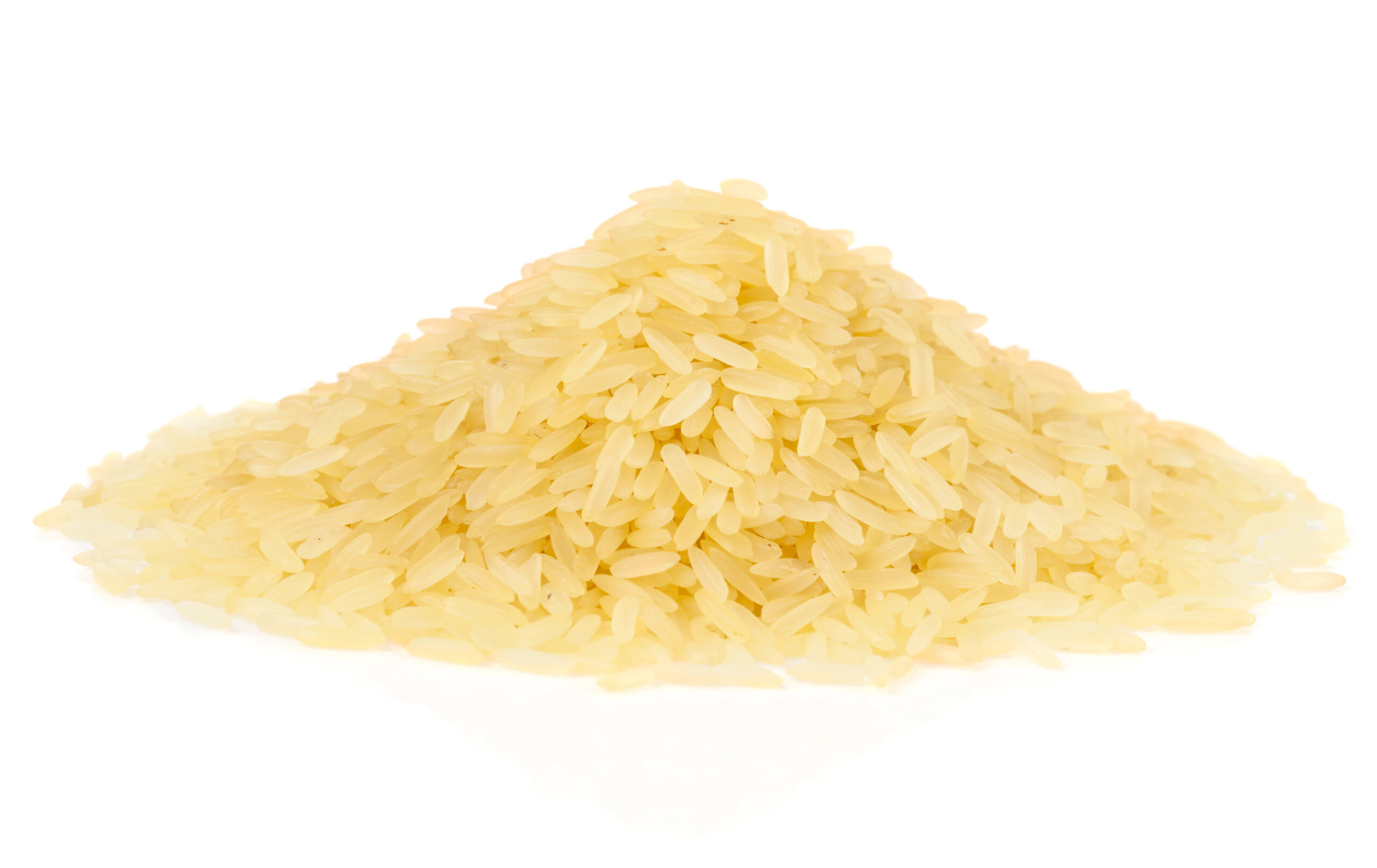
When cooked, basmati rice grains are long, dry, and separate. They impart a pleasant, nutty aroma and flavor in any dish. It is common in Indian and Asian cuisine, but it can be used in a variety of flavorful recipes. Serve it plain or with fresh herbs, green onions, coconut, or vegetables for a signature pilaf.
Length: Long grain
Flavor Profile: Nutty
Ideal For: Dal, curry, saffron rice
Brown
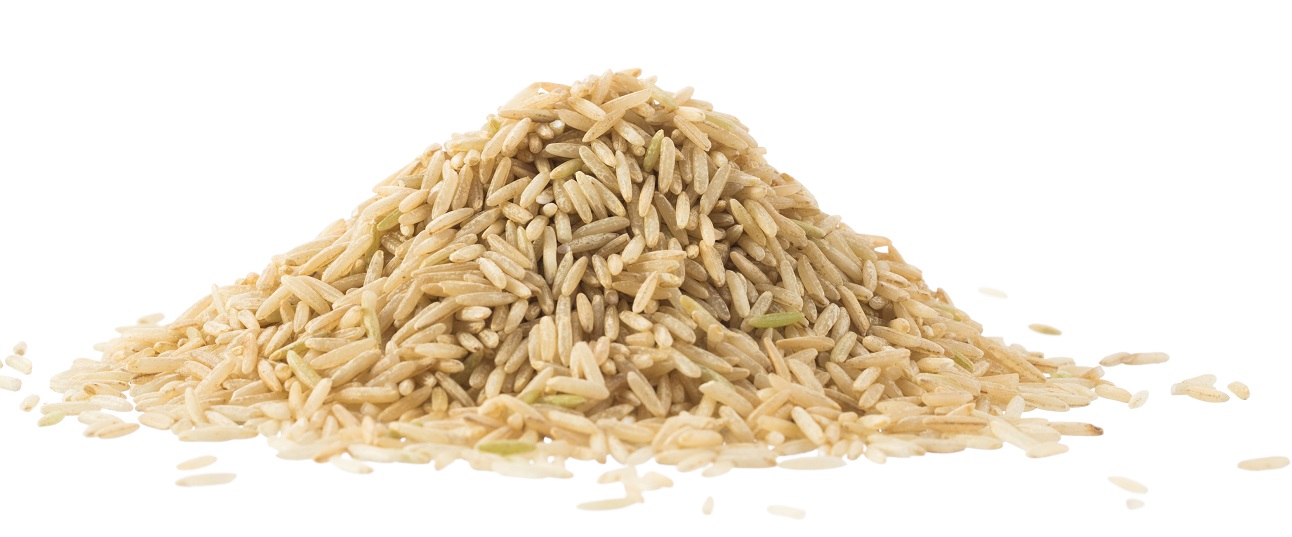
Brown rice grains have a chewy texture when cooked. They impart a pleasant, slightly nutty flavor in any dish. The nutritious bran layers are left on brown rice so it can retain its natural goodness and tan color. Rich in vitamins and minerals, brown rice is a 100% whole grain food. It is a versatile rice that becomes light and fluffy when cooked, ensuring it won’t stick together.
Length: Long grain
Flavor Profile: Nutty
Ideal For: Stuffed peppers, casseroles, stir-fry dishes, rice pilaf
Jasmine
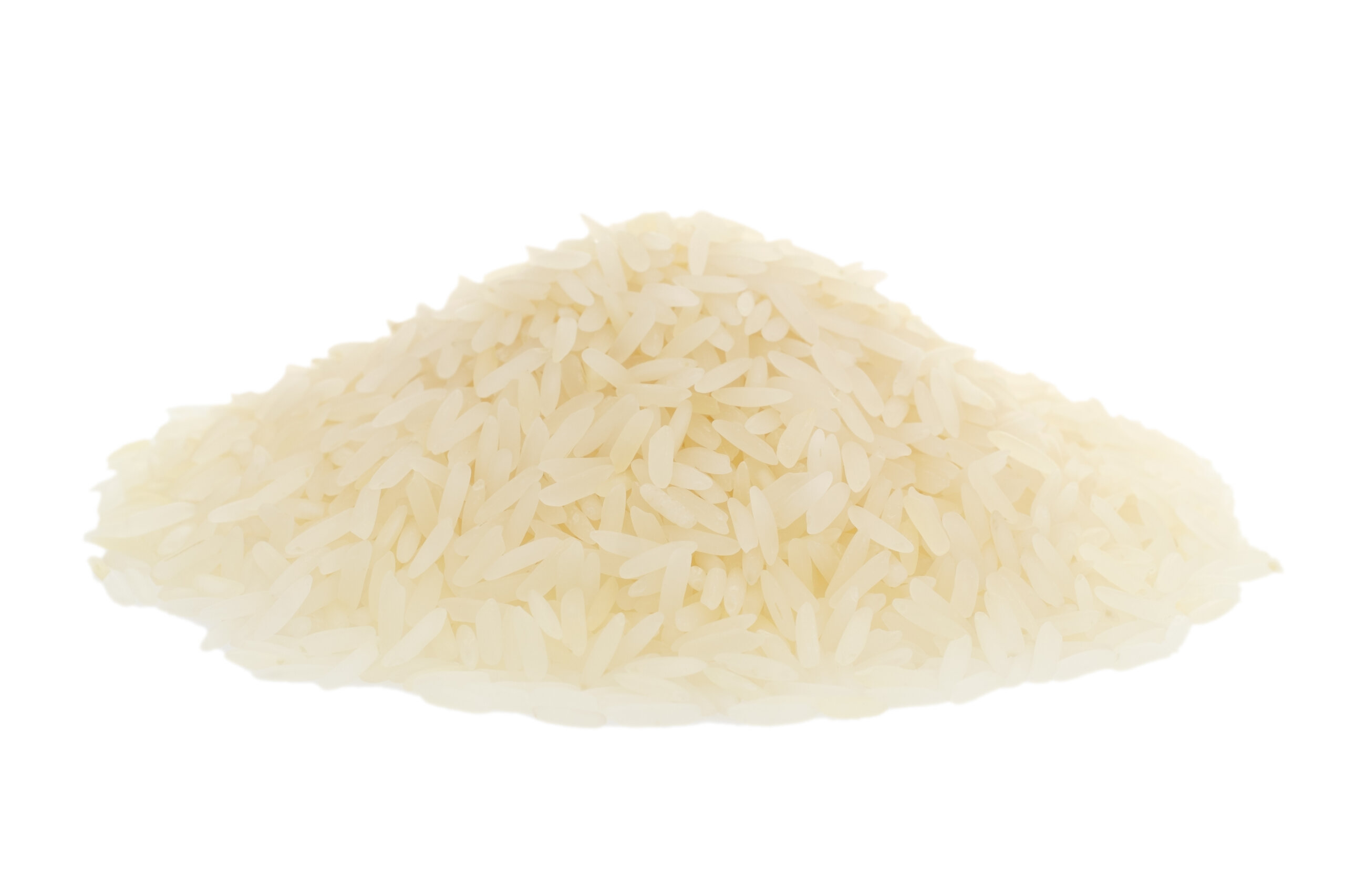
Cultivated in Thailand, jasmine rice will bring an exotic flair and flavorful accent to any dish. It develops a pleasant jasmine aroma while it is cooking. Use it when making a variety of traditional Asian dishes, including curries and stir-frys. The moist, soft texture is ideal for soaking up spices and flavors.
Length: Long grain
Flavor Profile: Floral, jasmine flavor and aroma
Ideal For: Curry, stir-fry dishes, and other Thai and Asian cuisine
White

Due to the starch composition of white long grain rice, it has a slightly sticky consistency that’s useful in stuffing, casseroles, and stir-fry dishes. It is arguably the most familiar and easily recognizable rice in traditional American recipes, and it’s also popular in Asian and Mexican cuisine. Compared to other varieties of rice, it has a mild flavor and light and fluffy texture when cooked.
Length: Long grain
Flavor Profile: Mild
Ideal For: Stuffing, casseroles, stir-fry dishes, rice pilaf
If you would like more information, please click here to see our product page!
[su_divider top=”no” divider_color=”#726c6d” size=”7″ margin=”5″]
[su_button url=”https://www.facebook.com/tradelinksainternational/?view_public_for=105757601162821″ target=”blank” style=”flat” size=”5″ icon=”icon: facebook-f” text_shadow=”0px 0px 0px #000000″] [/su_button] [su_button url=”https://www.linkedin.com/company/tradelink-sa/?viewAsMember=true” target=”blank” style=”flat” size=”5″ icon=”icon: linkedin” text_shadow=”0px 0px 0px #000000″] [/su_button] [su_button url=”https://www.instagram.com/tradelinknz/” target=”blank” style=”flat” size=”5″ icon=”icon: instagram” text_shadow=”0px 0px 0px #000000″] [/su_button] [su_button url=”https://www.youtube.com/channel/UCewEsyFy0Y_1MdjwhsXvT0w” target=”blank” style=”flat” size=”5″ icon=”icon: youtube” text_shadow=”0px 0px 0px #000000″] [/su_button]
[su_youtube_advanced url=”https://www.youtube.com/watch?v=LCEkNZdMi04″ height=”200″ responsive=”no” fs=”no”]
Bacteriophages to the future
In the food industry, processing is very important, and ensuring food safety across the food chain is imperative. Even with the strict regulations around the world regarding food safety to ensure food is safe for consumption, every year there are outbreaks related to food bacterial contaminations leading to numerous deaths and foodborne diseases, contributing to severe economic losses related to health costs and food losses.1,2
Read more here…


